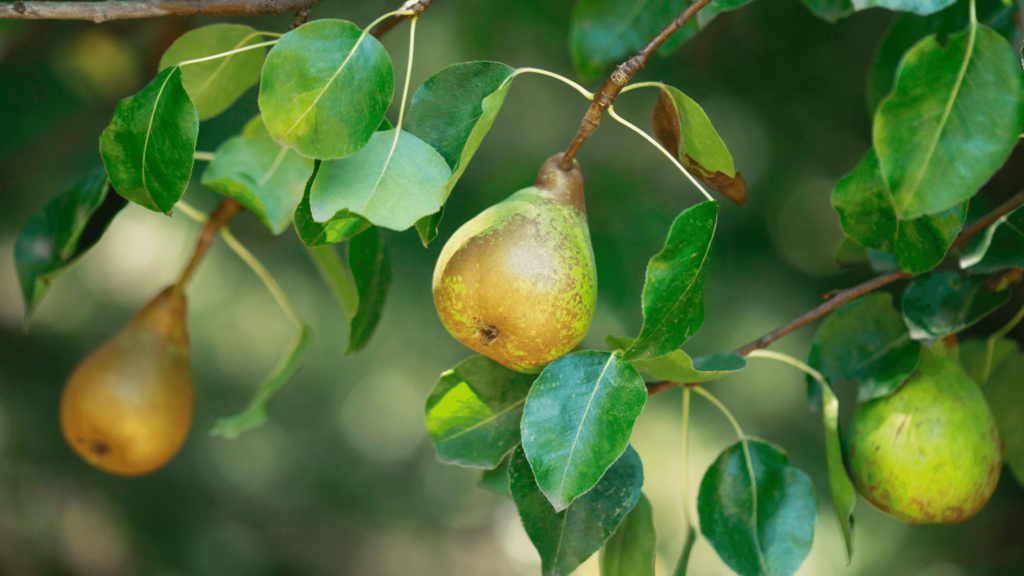Posted by Shannen Godwin on 17th Jun 2021
Fruit & Veg: What to Grow in your Allotment this Year

The UK is rapidly seeing an increase in the use of allotments in urban areas. These little pieces of oasis in built up, often highly populated areas offer a superb way of getting back in touch with nature. Growing your own fruit and vegetables and creating an area which allows you relax and enjoy the peace and quiet. Allotments are often allocated to people by their local councils. One of their key benefits is that they bring people together, allow people to enjoy a shared space and also to share ideas/tips. The maintenance can at times be time consuming and hard work. But the rewards really can be worth the effort.
What to grow in the allotment this year?
Now summer is almost here, there is still the opportunity to get the allotment into shape and start to transform the area. Don’t worry if the area is small, you can still grow many varieties of fruit and vegetables. Walking past the allotments near my house recently I stopped and began to chat to a local lady who had made such a lovely, open planned display of her own space. She had Strawberry plants growing in almost perfectly controlled rows, raised beds with Potatoes growing from seed. Blueberry and Blackberry plants growing in containers by a bench. Vegetables on show in garden shed (almost ready to come outside). She also had a penned in area for her own chickens (seven of them no less). This got me thinking about what would be worth a try this year. If you have the space available and here are some top suggestions and tips:
1. Grow some Strawberry Pineberry in multiple rows. Supplied as 7cm pot plants for easy planting, try growing in rows for a successful large crop. Each plant should be space around 40cm apart in a straight line, with around 60-70cm between each row. Strawberry Pineberry is a real novelty, with the look and feel of a white Strawberry but with a smell and taste more closely associated with a pineapple.
2. So if your garden needs a fresh look and feel then why not also make these changes productive by planting your very own Apple Trees. Their striking spring blossoms are a valuable bonus to the allotment. But ultimately it is the crop from this mini fruit orchard that is appealing. Plant your Apple trees in an area with has as much sun as possible. The more sun they get the healthier the tree will grow. My personal favourite is Apple James Grieve, because of the juicy taste. Grow the varieties you like, that’s the best advice anyone can offer when growing fruit and vegetables.
3. Asparagus becoming all the rage in Britain and a beautiful vegetable to accompany most dishes. Plant in a trench approx. 5-6inches deep with the crowns covered by 2 inches of fine soil. As the plants grow, the trench should be filtered gradually and should be level by the autumn. You can choose from three varieties to cover the full season. The early yielding Gijnlim, mid season yielding ‘Herkolim’ and the late season yielding ‘Backlim’.
4. Herb Garden
By growing your own herbs you can easily improve your culinary skills and become more creative. Growing herbs is easy and low maintenance and because you can grow them in containers. They can easily be moved around the allotment. Basil ‘Wild Magic’ really caught our eye last summer as a standout new variety to try. Not only is it extremely tasty and heavily scented, but it makes a fantastic ornamental plant. With extremely dark green leaves tinged with purple and purple flowers throughout summer.
5. Miniature Plum ‘Black Amber’ can be grown in containers or in the ground. Smaller than your average Plum trees, they are ideal for an allotment where space can be at a premium. Growing in pairs will add effective spring blossom in spring and dark-purple thick skinned fruit will pop up in late summer and early autumn. Miniature Plum Trees are a must for lovers of plum trees.
6. Blueberry Pink Lemonade are another unusual twist to a popular soft fruit. Blush white flowers are followed by sweetly flavoured and good textured Pink Blueberries in August. A real garden novelty, equally effective as an ornamental shrub with all year round interest.
7. Striped Tiger Fig is a reliable cropping dwarf fruit tree that produce unusually striped figs on miniature stems. They love fertile, humus rich soil or if planting up into containers you can use a loam based potting compost.
8. Goji berries are very easy plants to succeed with, they will fruit from their second season onwards with a significantly higher yield year after year. A very popular, pleasant tasting fruit that can be eaten straight of the vine, with an almost herbal scent. Originating in the Himalaya, it can easily be added to breakfast cereal, yoghurts, fruit salads.
Shop our fruit and vegetable range.

